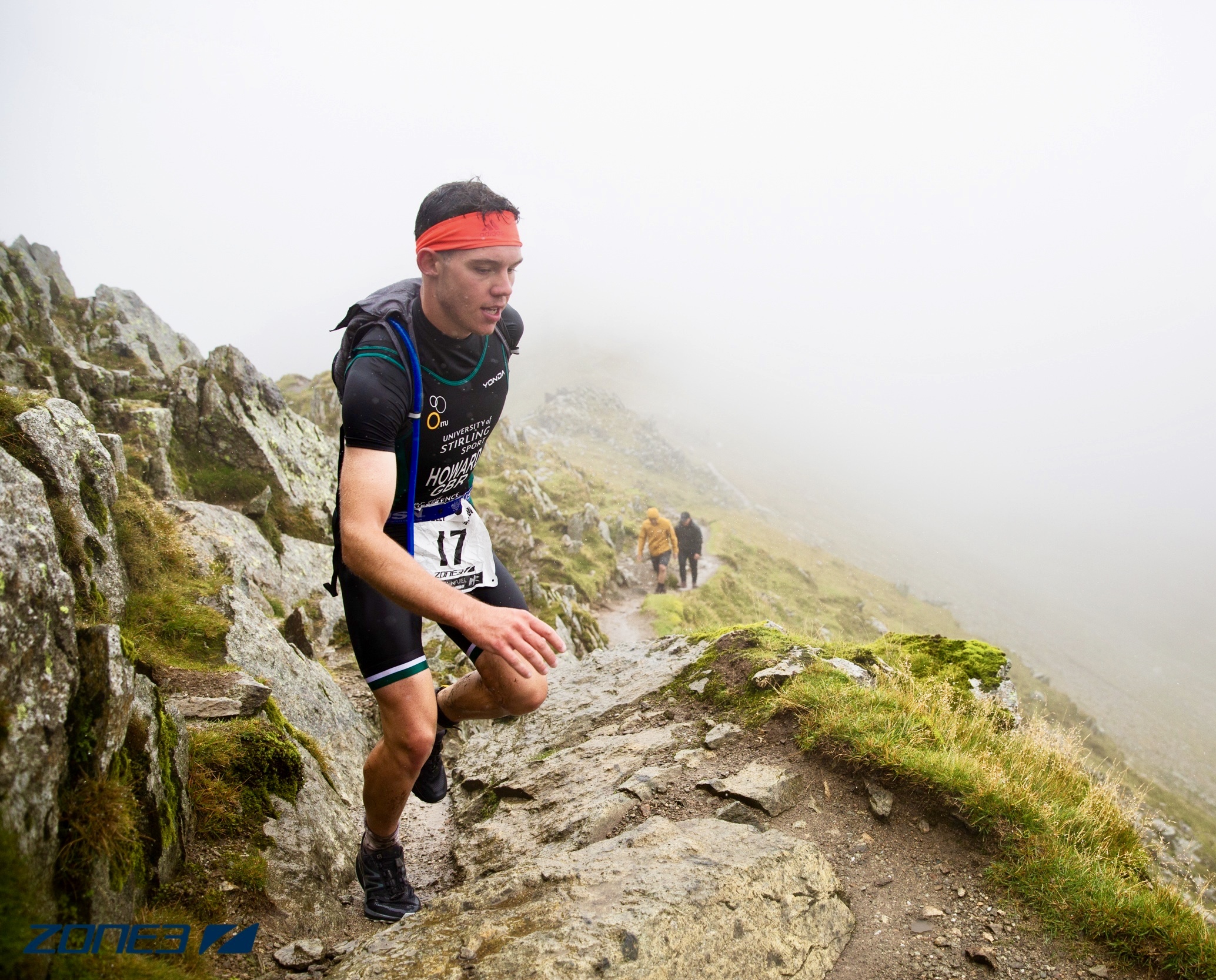Triathlon is one sport – not three individual events combined
Triathletes will often debate whether the run or cycle or swim legs of a race are the most important and which one they regard as the necessary evil. Some will argue that the run being the final leg is where a race is won or lost. Others will say it is the swim leg as you will be dropped on the bike leg if not in the front pack. Both factions make good points but often miss the principle point that Triathlon is one sport – not three individual events combined.
As a sport, Triathlon is a rare entity and is unlike almost any other sport because it comprises three different movements, performed one after another, without rest. You see it on T-shirts, bumper stickers and tri-kit all the time: swim, bike, run—the core disciplines of triathlon—and when you repeat it enough it starts to sound like a mantra. In fact, it’s so ingrained that it’s easy to forget that a triathlon is actually greater than the sum of its parts. What is vitally important to recognise is that triathlon is one sport. You are not training to be a swimmer, a cyclist or a runner. You are training to race in a triathlon.
If you hold the belief that you mustadopt the movement patterns of the best individual sports athletes in each discipline to get the best performance out of yourself, maybe it is time to realise this and to change your outlook on this multi-movement sport so as to use it effectively. A well-practiced professional triathlete doesn’t think in terms of swimming, and then biking and then running; they look at the triathlon as one singular race.
It’s easy to think that professional triathletes achieve super-human race times because they spend all their time training their muscles and cardiovascular systems to put out extreme efforts over long periods. That’s true, but how the time is spent matters as much as the number of hours in a training week. A triathlete can put out all the effort in the world and still lose a race if their technique, skills , discipline and racing strategy aren’t as sharp as their fitness.
Experienced triathletes know the importance of each individual discipline to the end result greatly depends on the length of the triathlon and will lay out a racing strategy based on it. For example:
- In the longer distance triathlons – such as a half ironman and ironman – the swim comprises only 10% of the overall time. Drafting isn’t allowed on the bike – which means riders can’t sit behind one another and save energy – so the swim has a lot less influence on the end result than the cycle and run legs, whereas,
- In an Olympic-distance triathlon where elite athletes are allowed to draft on the bike and the swim comprises about 16% of the overall time, it is often the fastest swimmers and runners that have the best overall performance. In fact, speed over the first few hundred meters of the swim is a very good indicator of overall race finishing position in elite triathlon.
When you see triathletes standing on the winner’s podium it will not be by chance. They will have raced with measured effort and squeezed out every last drop of performance both physically and mentally. Each leg of the race will have been executed with equal precision and treated like the Holy Trinity: three coeternal consubstantial disciplines in one. The key to triathlon glory is to have no weakness.





